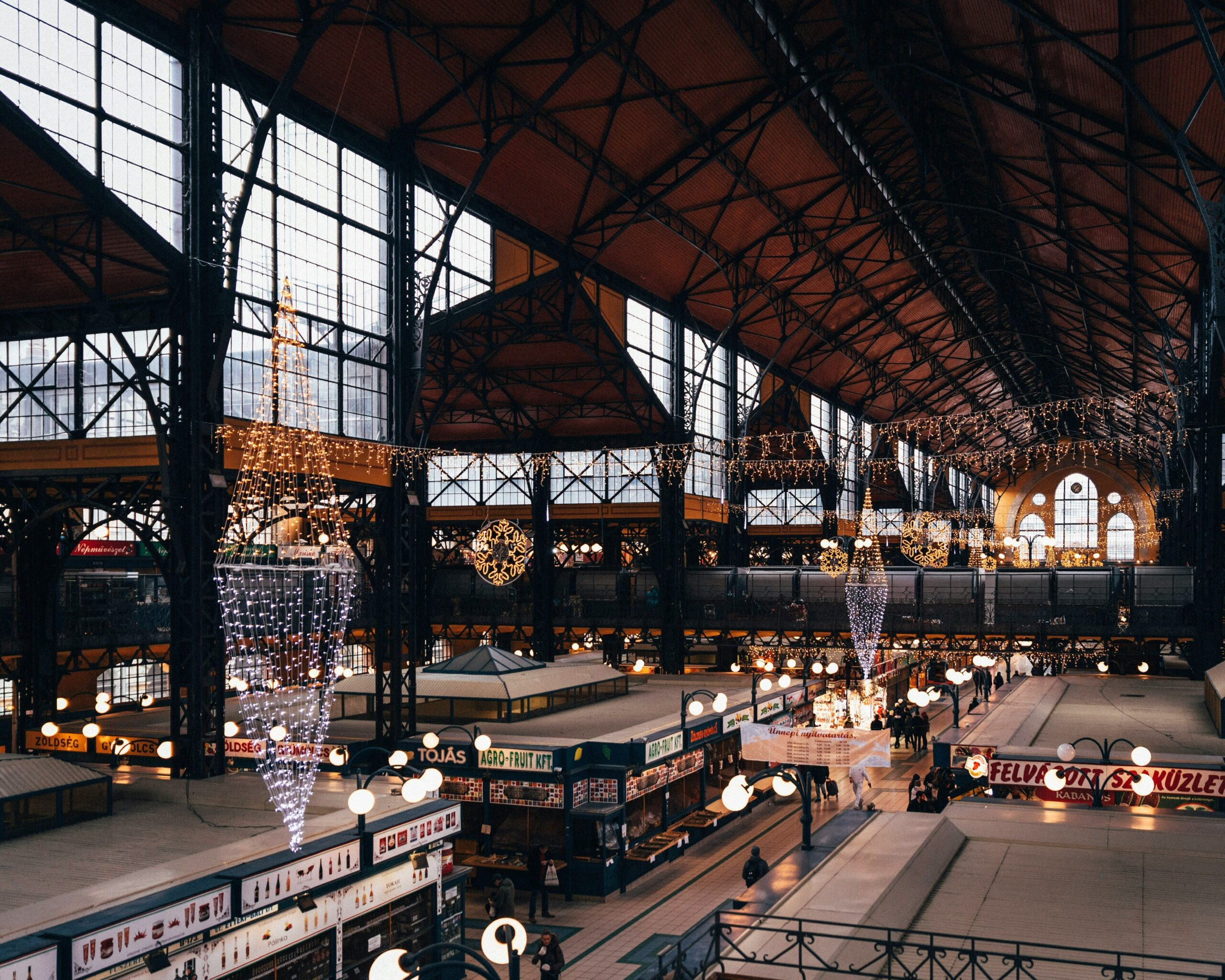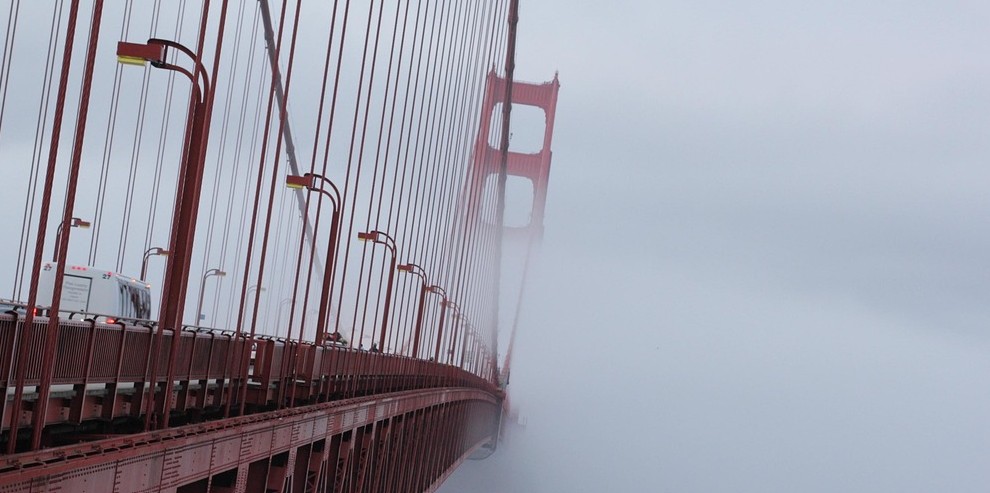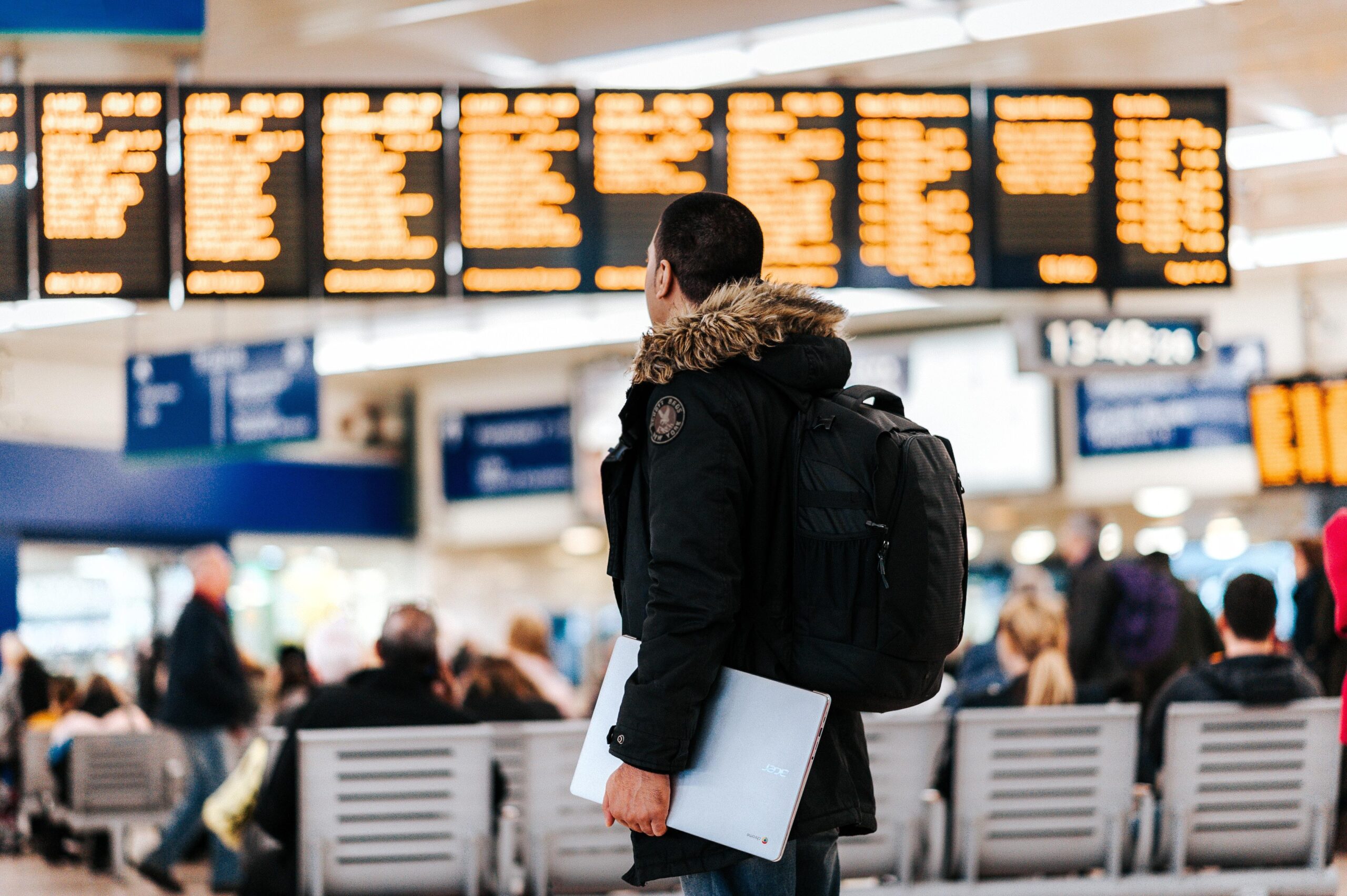
Art In America – Michael Jang – SF, CA

What makes an artist? Talent? Sure. But something else is almost as important. Persistence.
Anything else? Timing. And? Luck.
Asian-American visual artist and photographer Michael Jang is a case in point. At the age of 74, Jang is finally being recognized for his boundary-pushing work. How’d it happen? How’d this mischievous pixie-punk finally grab a hunk of the attention he so clearly deserves?
Like so much of Jang’s life and art, his emergence into the spotlight was hands-down startling and unconventional. It started during the lockdown prompted by the global pandemic. When everyone else was stuck inside, Jang went outside; armed with glue, brushes, and selections from his photo archives. And he turned San Franciso’s boarded-up windows and blank walls into his very own private – but public – museum. San Francisco became his canvas.
“I just started walking the city,” he said, “walking the San Francisco hills, walking through Chinatown, and seeing how people were hurting.” The effects of the pandemic were manifold: people died or wound up with their health perpetually compromised; businesses suffered and, in many cases, folded; and verbal and physical attacks on America’s Asian communities rose dramatically because COVID had started in China, and the ignorant and hateful responded with violence.
Plastering Frisco with images drawn from Jang’s Chinese-American family life was a way of saying, “We belong here, too,” a chronicle of heritage and the continuity of generations. As he told PBS: “My face, my family, my history – it all felt like something worth putting up on the wall, literally.” His work had been archival; now it was a form of joyous resistance.
In 2024, PBS aired Who is Michael Jang? Michael Jacobs’ superb documentary featured Jang’s street art and played a major role in transforming an unsung commercial photographer into a folk hero by introducing his work – and his story – to a broader audience.
Born in 1951 in Marysville, California, Jang studied photography at Cal Arts in the early 70s. He talks about those years in the PBS documentary. Several reasons present themselves as contributing factors to his under-the-radar profile: he perceived a lack of interest in the work of Asian art and artists; he choose to work commercially rather than risk the economically risky life of the freelancer; and he was reluctant to engage in the hurly-burly careerism that so often determines fame or anonymity. Later in life, he was diagnosed as being on the autism spectrum, but views that diagnosis as a gift, not a disability – one of the things that shapes his unique take on the world.
Jang is a secret no more. In the wake of the documentary, the ball started rolling: MoMA added ten prints from The Jangs series to its “419: Interiors” collection. SFMOMA commissioned him for its Bay Area Walls series. Jang’s installation The Whole Story filled a public gallery with layered photographs, graffiti-like text, and street-style collage. Viewers were invited to sit, touch, photograph – to immerse themselves in the art and be a part of it all.
Despite the acclaim, Jang remains a modest figure who takes a casual, amused view of his leap into prominence. He still loves to wander San Francisco, camera in hand, and he’s quick to remind people that his most powerful photos had languished in filing cabinets for decades. His 2019 monograph Who Is Michael Jang? (Atelier Éditions) was the first formal attempt to gather his life’s work in one place. Even that felt more like a scrapbook than a career retrospective.
Now that his past has been recognized and appreciated, what’s next?
Jang hints at more “public mischief” in the work: spontaneous outdoor installations, continued museum collaborations, and…who knows? That’s the exciting part. Jang will continue to follow the beat of his own artistic drum. “It’s not about building a career now,” he says. “It’s about seeing what lands. What people need. What sparks connection.”



